 Several months ago, on a trip to Panama, I had the pleasure of reading Work Optional. This was a great book to read on the trip because our vacations tend to be times of reflection and reset.
Several months ago, on a trip to Panama, I had the pleasure of reading Work Optional. This was a great book to read on the trip because our vacations tend to be times of reflection and reset.
In the book, Tanja Hester introduced what I now think of as the financial independence continuum. On this continuum, there are gradients from traditional retirement to full early retirement. In between, there are additional options like career sabbaticals (mini-retirements) and semi-retirement.
Semi-retirement caught my interest. Semi-retirement means that you have already saved enough for traditional retirement (anticipating additional market growth, of course), but you still need to cover some or all of your daily expenses through active income. Since you are no longer in the “accumulation phase,” you can usually pursue things you are interested in often on a part-time, contract, or freelance basis.
Because our vision for our ideal life includes work on things we are passionate about, semi-retirement seems like it could be an ideal fit for us eventually. What we really want is work that allows balance and location independence.
Around this time, I also decided to begin an interview series exploring the different lifestyle design choices that people were making. Through this effort, I met Michelle from Frugality and Freedom.
Michelle is a semi-retired woman in her mid-30s from South Australia. She’s focused her career in the arts and is an avid traveler. Not only has she visited 40 countries in the past 12 years, but she also seeks out people in the personal finance community wherever she goes. She is a true community builder.
I had the opportunity to meet Michelle a few weeks ago in Boston. She decided to stop here on her one-year adventure around the United States. We had a lovely chat about life and blog goals, semi-retirement, and living our ideal lives over coffee and a walk around downtown.
I am incredibly inspired by Michelle’s story, and I hope you will be too. Let’s get into the interview.
1. What deliberate decision have you made to slow down and improve your life? Why did you decide to make this decision?
For several years after discovering financial independence, I bounced between over-work and no work. My work would fluctuate from 60+ hour weeks to slamming on the brakes during several mini-retirements. I’ve now found a healthy balance for myself with intentional semi-retirement. I work half the year to cover expenses and save a little, then pursue travel and passion projects for the other half. Because I can cover my expenses each year, I leave my investments to slowly coast to my ultimate financial independence goal.
2. This lifestyle design is incredibly interesting. Tell me more about how and why you decided to pursue it?
After taking a while to settle on a career path, I stumbled into the events industry in 2007. By 2010, I secured a great year-round role. When I realized the modest earning potential of the industry I’d come to enjoy, I knew I needed to make the most of what I earned. I continued my ‘adulting’ momentum and delved into learning about personal finance.
Once I had a good grip on personal finance basics, I discovered financial independence and early retirement in 2012 by reading bloggers like Mr. Money Mustache and Early Retirement Extreme. While my job had many satisfying elements, I loved finding out about this alternative to the confines of the 9-5, especially with my growing passion for slow travel.
With the boldness that comes from having a healthy FU-money stash, I quit this full-time job in 2013 to take a six-month mini-retirement. During this time, I solo traveled around Western Europe and the USA. I enjoyed having adventures daily, building my self-reliance, and learning more about myself as I explored different parts of the world.
After this mini-retirement, I dove back into my career with renewed vigor in 2014. After my taste of freedom, I was motivated to bring financial independence and early retirement within my reach more quickly. I took on several 3-6 month jobs with different organizations. This gave me the variety I craved and enabled me to build networks and skills in different areas. While working full time, I also had a regular remote gig, side hustles, and was studying for a Master’s degree!
I appreciated the accelerated progress towards my FI goals but working 6+ days a week had me exhausted. I began to associate being home with “all work, no play,” wishing away my time until I could recuperate on my next overseas trip.
With burnout threatening, I decided to attend the Chautauqua financial independence retreat in Ecuador 2016. I was thrilled to meet 25 fellow attendees and bloggers Mr. Money Mustache, Paula Pant of Afford Anything, and JL Collins. I had an unforgettable week with these new IRL ‘FI friends’, getting inspired by the diverse ways they were creating their freedom and happiness in their lives.

Wanting to expand on my Chautauqua reflections about my ideal lifestyle, I left work again for another six-month mini-retirement in 2017 across South-East Asia, the USA, and Europe. During this trip, I took time to meet other FI enthusiasts and to continue to explore what fulfillment and joy meant for me. I also took this opportunity to complete my Master’s degree through external study, having realized that I enjoy self-directed projects that provide a thread of purpose through my time-off.
I’ve gained better self-awareness of my preferences through these ongoing reflections and experiments with different jobs and travel styles. I’ve learned I still value having some employment each year to socialize, use my skills, and work on interesting challenges. I get joy from balancing this with extended time to travel annually and focus on passion projects during this downtime.
As such, I’ve now adopted a lifestyle of ongoing semi-retirement since 2017. This work structure allows me to cover yearly expenses and gives me ample time for travel and personal pursuits.
Since mid-2018, I’ve taken my semi-retired self to 20 US states in nearly 12 months, with short-term work at music, theater and film festivals guiding my itinerary.
Now, I’m focusing on building up a portfolio of remote project work that will better support location independence. Of course, the work is in between meeting other FI fans, watching theater shows, enjoying tasty cheap eats, and indulging in naps!
3. How has this decision impacted your quality of life?
Taking this slower approach has boosted my emotional and mental health. I am able to experience the best aspects of both work and extended time-off without getting bored or overwhelmed by either.
Living in a ‘work optional’ way now allows me to experiment and hone in on my ideal lifestyle so that I will better equipped after ultimately reaching financial independence. Without developing a clear vision, it’s possible for FI seekers (especially early retirees) to feel adrift or dissatisfied in life once the financial need to work is removed.
I appreciate the peace of mind and lowered stress this mix of work and play provides me.
It also reduces some of the risks involved in full early retirement because I can maintain my skills and avoid long resume gaps to maintain employability.
4. How did it impact your financial goals or timelines?
Incorporating mini-retirements and now semi-retirement has pushed back my financial independence date further into the future. This means that I will need to keep earning active income for longer. That being said, I’ve learned that I do enjoy some structured paid work in my life, especially when it’s on my terms.
I have an index fund portfolio that continues to grow because I don’t need to withdraw from it. I get satisfaction from knowing that I’ll be financially comfortable at traditional retirement age while enjoying this lifestyle in the meantime.
Because I began investing in my mid-20s, I have the advantage of a longer time frame to allow compounding to do its work.
I happily live frugally to achieve this level of freedom. While I am giving up fancier luxuries and any chance at ‘Fat FIRE,’ by focusing on spending on my priorities, I don’t feel deprived.
5. What enabled you to make this decision (i.e. what financial or social context helped)?
Fortunately, in Australia, we have access to universal healthcare and reasonable government student loan programs. This helps to take off some financial pressures compared to places like the USA.
I grew up in a moderately frugal family and developed good saving habits early on. I learned to cook at home, bring leftovers to work, and find free entertainment. I was able to keep my housing costs low by paying board to live at home into my early 20s and then renting in share-houses with roommates afterward. I get around by public transport and have never owned a car, both of which free up more money for my goals.
An unexpected benefit of working in the arts industry is that I’m surrounded by frugal artists and coworkers. In this environment, lifestyle inflation is kept to a minimum because there is little pressure to ‘keep up with the Joneses.’
6. Were there things in your life you adapted to make it work better so you could continue to work toward your goals?
To afford long-term travel, I have adapted to budget accommodation such as hostels, Airbnb, staying with friends, house-sitting, and Couchsurfing.org. I take long-distance buses, trains, and discount airlines to get around, which also helps to bring my expenses below $55/day.
While at home, I keep my regular living costs low, eliminating recurring bills and limiting ongoing obligations so I can pick up to travel more easily.
As mentioned above, I am now pursuing online work opportunities which will contribute to my goals for greater flexibility and location independence.
7. Why and when do you think someone might consider “downshifting?”
It might be time to consider downshifting if any of the following are true for you:
- If you continually feel overwhelmed and exhausted.
- If you are dissatisfied with the default mode.
- If you wish your time away until the weekend or vacation arrives.
- If you let time slip by while cruising through life without intentionality.
Even if taking a mini-retirement isn’t an option for you right now, there are many ways to incorporate some “slowing down experiments” into your current life. You could try taking micro-adventures on the weekend, doing a digital detox, clearing long-standing to-do items, or trying hobbies you’d always wanted to. Sampling new ways of operating or removing habits that don’t serve you can help anyone downshift in their current situation.
8. How did your pursuit of FI help or hinder this decision?
My early pursuit of financial independence helped me arrive at this decision in a roundabout way. First, I overworked to accelerate my progress. Then, my exhaustion caused me to need an extended break. Fortunately, having a high savings rate while working towards FI has provided me the financial buffer to take these mini-retirements.
Since then, my ongoing exploration of the non-monetary FI principles has made me more conscious of how I spend my time and energy. I want to be focused on things that bring me joy and fulfillment. This led me to this decision for ongoing semi-retirement.
Developing an understanding of FI math and my own living expenses has been a great motivator. I use the Trinity Study’s suggested 4% safe withdrawal rate and the accompanying ‘rule of 25’ to estimate how much I need to cover my yearly costs (ie. annual expenses x 25 = portfolio size needed for financial independence based on withdrawing from the portfolio at a rate of 4%.).
Given my current average living costs are US$55/day, each calendar day has an ‘annual expense’ of $55. Using this $55 annual expense x 25 = US$1375, I can estimate that I buy myself an extra day of freedom each year for every US$1375 I invest. Seeing these numbers laid out makes it more compelling to save for FI and a semi-retired lifestyle.
9. What advice do you have for someone considering a similar decision?
If you decide to take a mini-retirement, do so intentionally with a plan for what you’d like to achieve. It could be to try out life the way you’d imagine living after financial independence (tweaking as needed), to delve into learning or new hobbies, or to make a practice of deliberate reflection on what you want from life.
While I use my breaks for overseas travel, be true to your own preferences and feel free to take this time as a staycation, retreat or another format you may enjoy.
If your work or financial situation doesn’t currently allow the opportunity to take a mini-retirement, you could get some of the benefits by pursuing flexible working arrangements (such as working from home or rearranging a schedule to 4 days x 10 hours, rather than 5 days x 8 hours). Reducing your day-to-day expenses and other commitments can also provide more space and a sense of freedom.
Don’t stress out thinking you need to have all the answers by the end of a break. The journey to financial independence and beyond will involve continual iteration to live your own best life.
Wow, Michelle! Thank you so much for sharing more about your journey.
Michelle’s early experience with financial independence is not uncommon. People get inspired to increase their savings rate and burn themselves out through overwork. Michelle’s story doesn’t stop there though.
The most exciting part of the story is what she did next. Deciding to take mini-retirements and ultimately live a semi-location independent and semi-retired lifestyle is certainly an unconventional approach not only to life but also to financial independence.
Because Michelle had been managing her money responsibly for some time, she realized that she didn’t need to choose between the life she wanted and making money. With her level of financial freedom, she could, in fact, have both with semi-retirement.
Michelle enjoys the socialization and interesting challenges that work provides. She found that with her current lifestyle, she can “experience the best aspects of both work and extended time-off without getting bored or overwhelmed by either.” I love this! When we are only doing one thing, it can be easy to focus on the negative.
Because Michelle enjoys working on her terms. In semi-retirement, she needs to continue earning active income for a longer period of time, works for her. The rush to reach full early retirement quickly is no longer a significant motivation.
I will say that this sounds like a pretty ideal lifestyle; I may, at some point, try it out for myself.
While I personally identify with Michelle’s story because I also have a desire to pursue long-term travel, I know that not everyone has the same goal. I agree with Michelle that the most important thing is that you take the time to understand what makes you happy and energized and begin to take steps toward building that life now, whether you can take extended time off or not.
Michelle is one of many who are choosing to slow down their path the financial independence in exchange for a better quality of life along the way. While Michelle is pursuing intentional semi-retirement, others have chosen to travel full-time, quit side hustles, or work part-time on the journey.
If you are interested in learning more about Michelle and following her journey, you can find her in the following places: 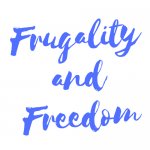
Blog: www.frugalityandfreedom.com
Twitter: @FrugalityFreedm
Instagram: @frugalityandfreedom
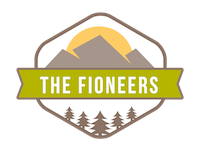
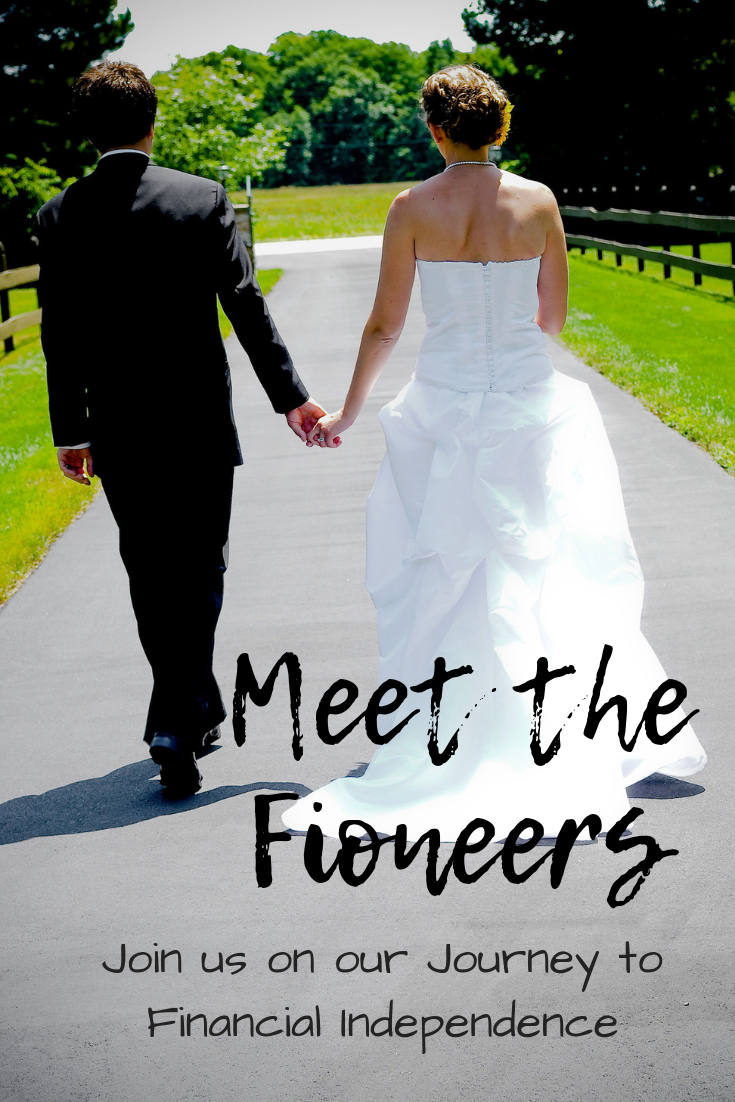
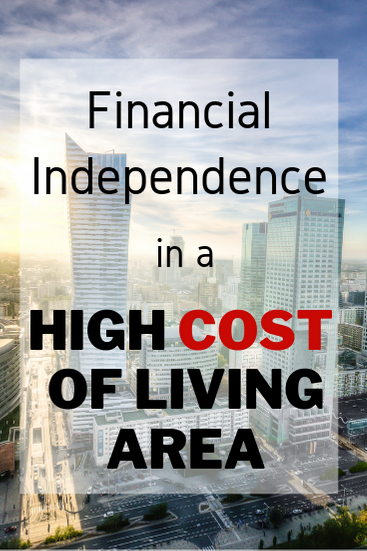
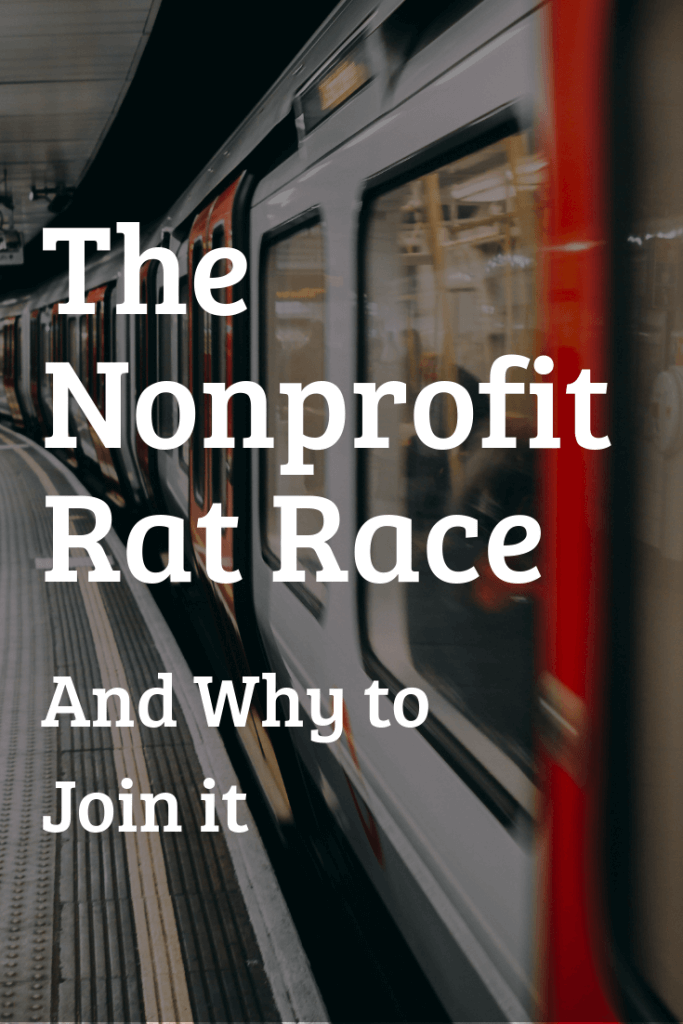
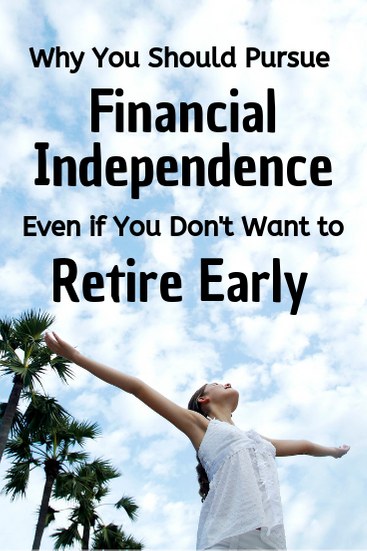
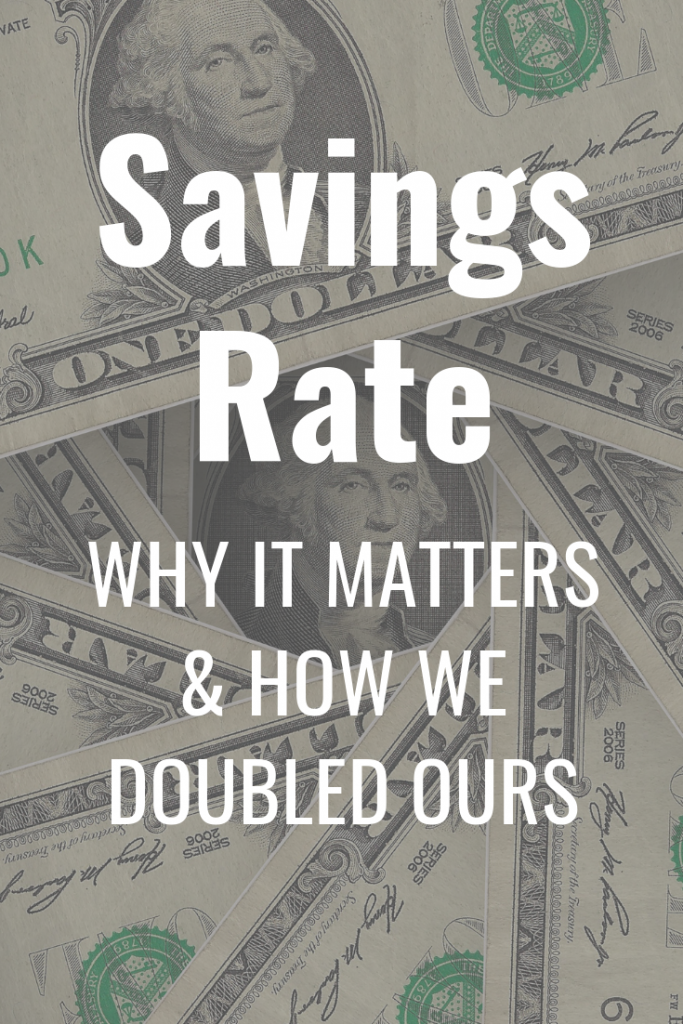
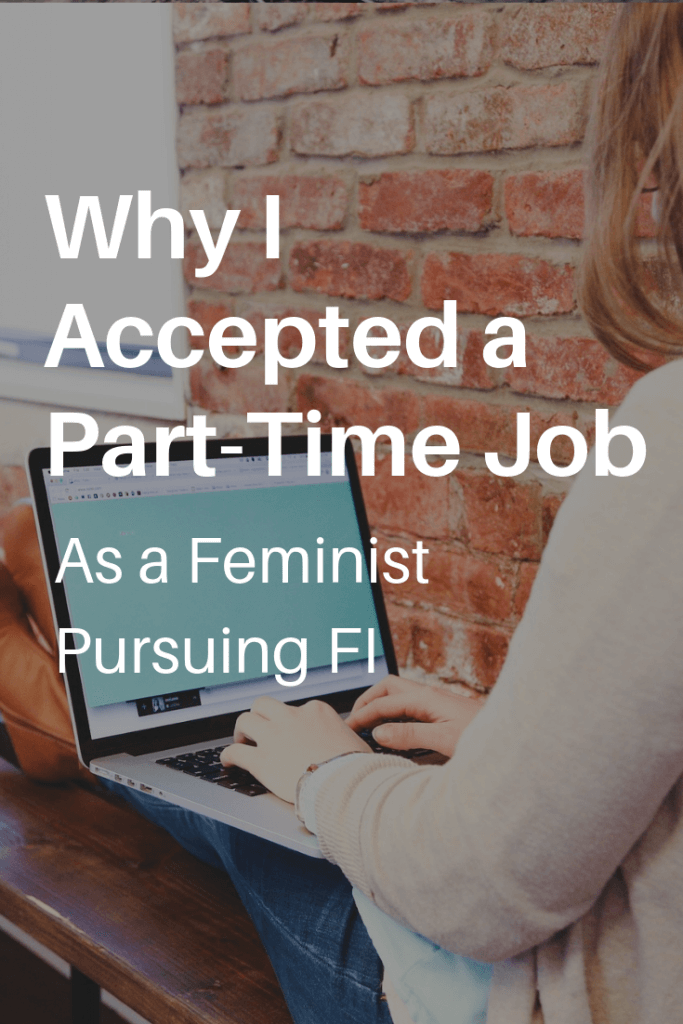
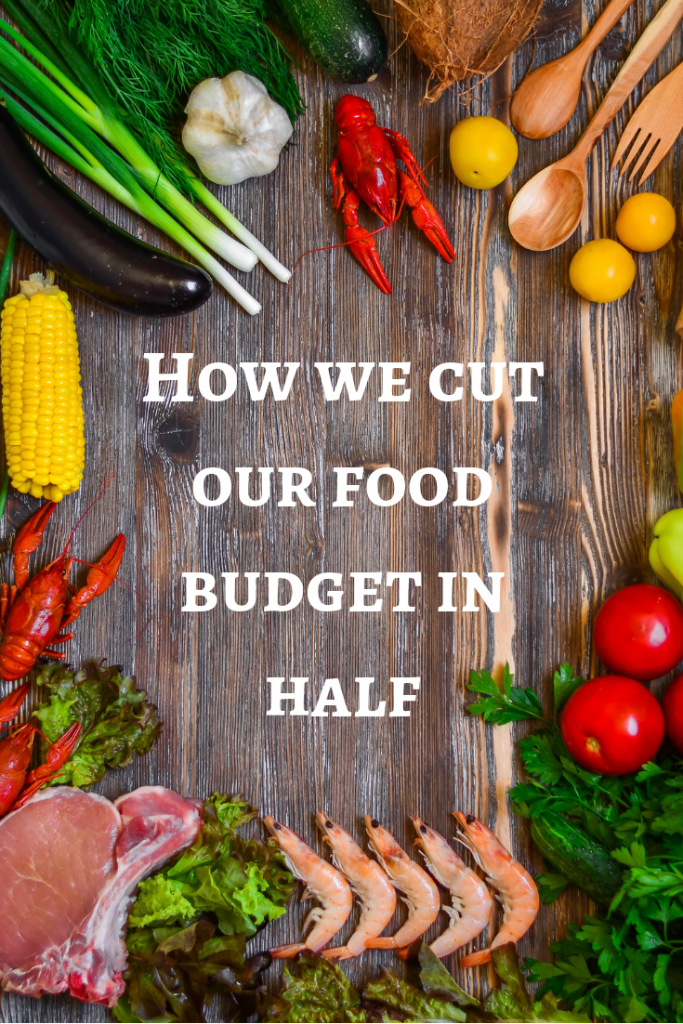
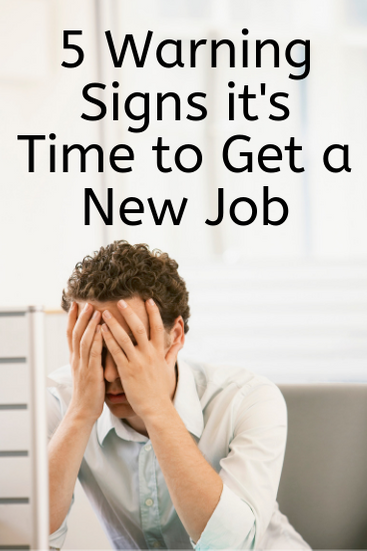
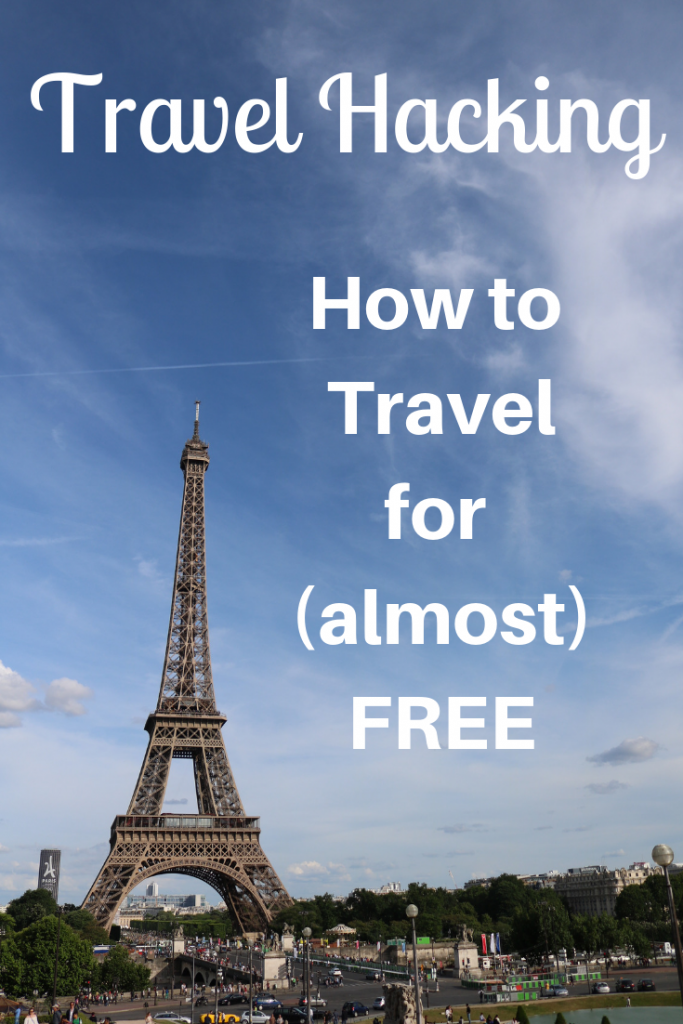
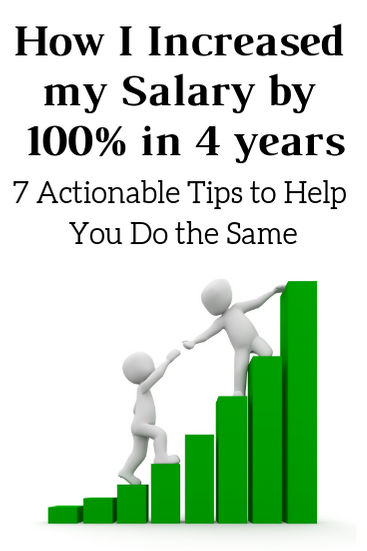
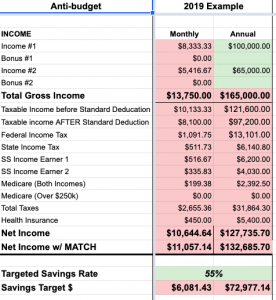

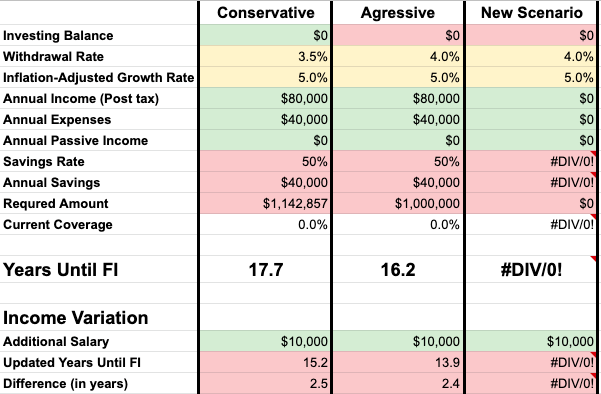
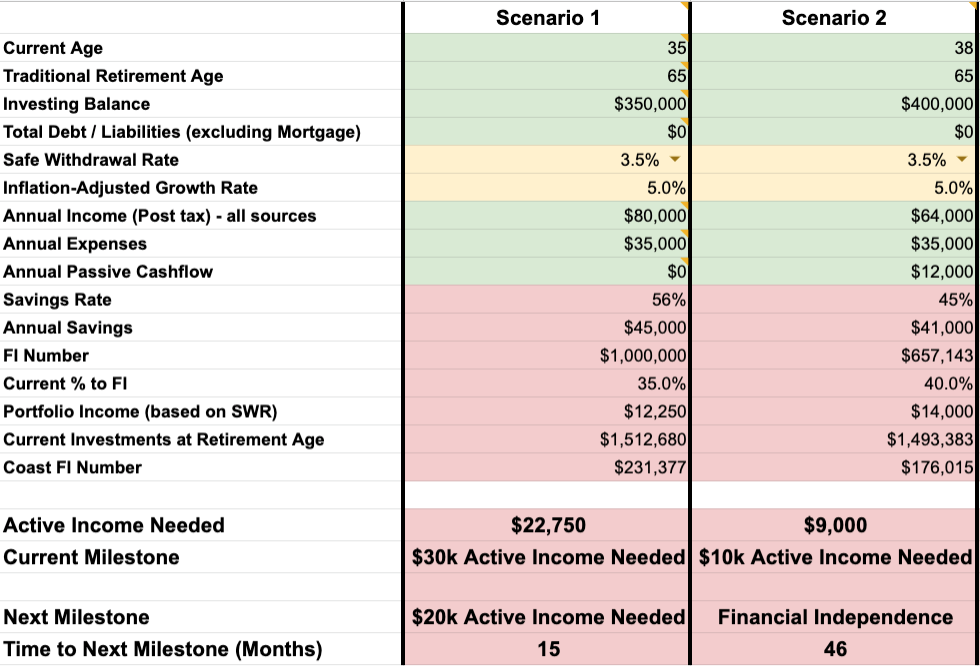
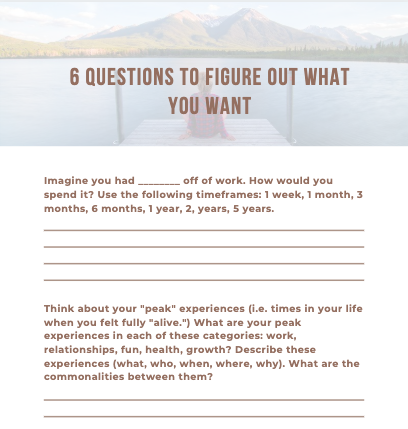
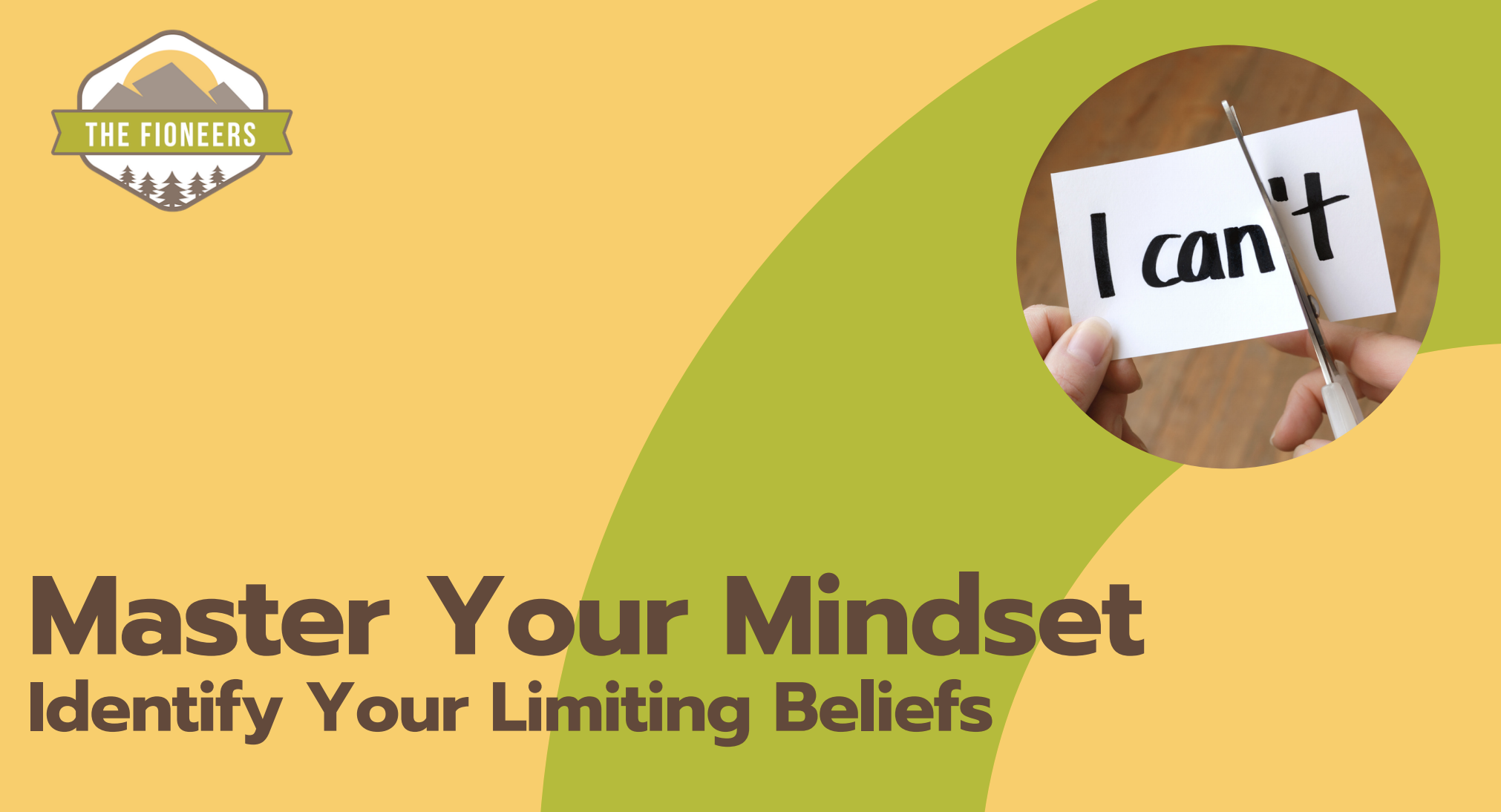
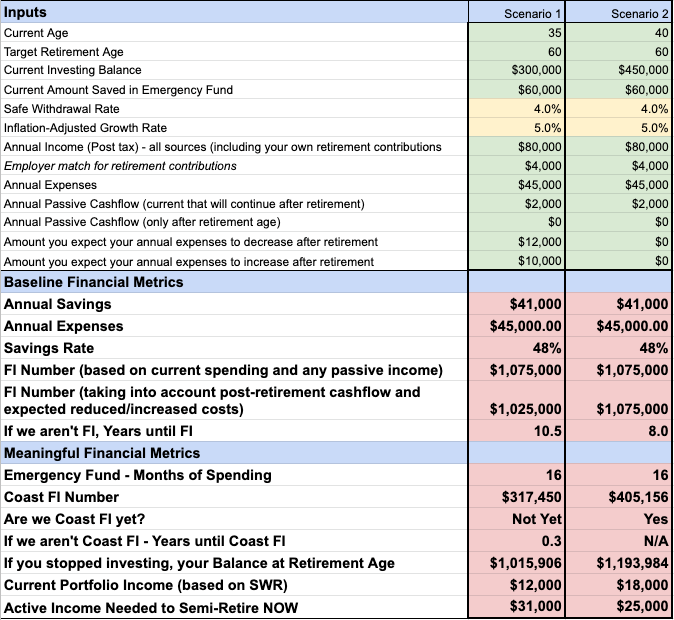
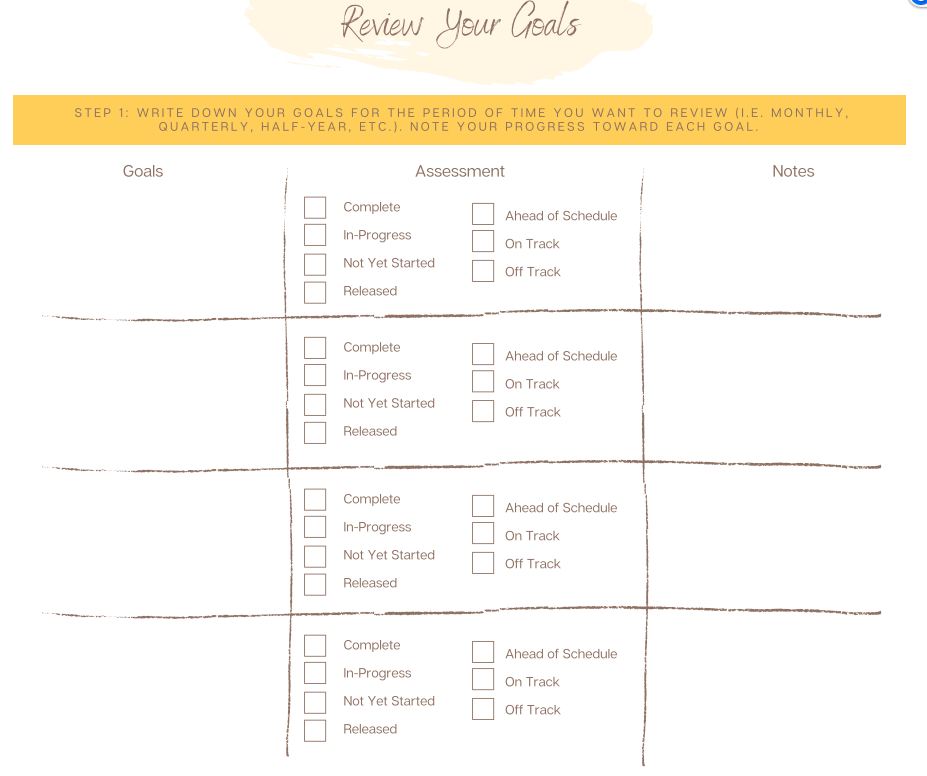
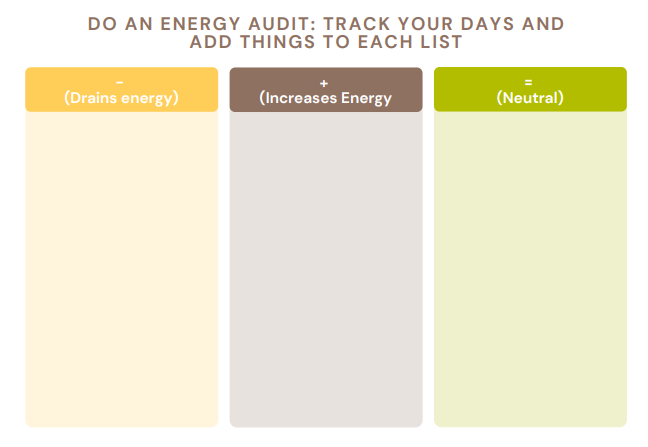
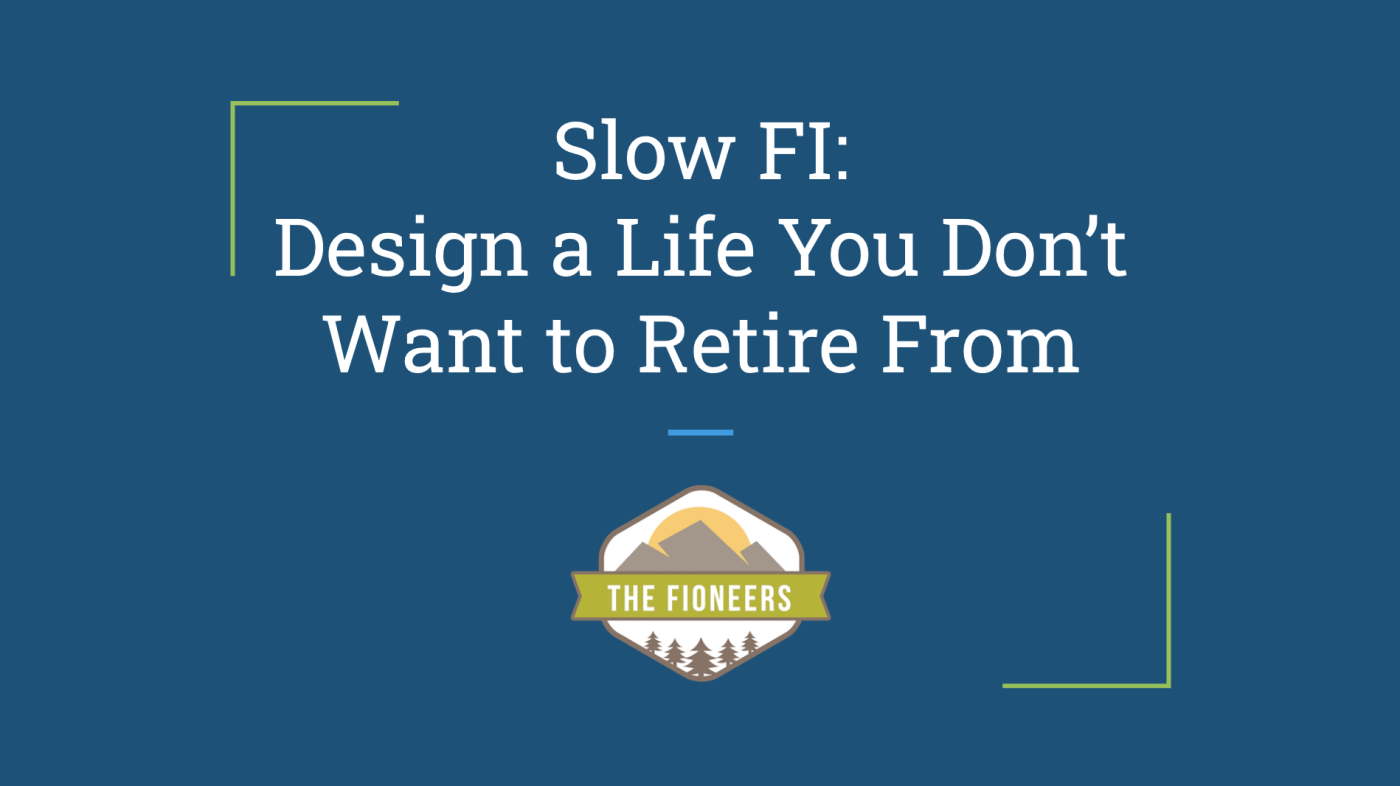
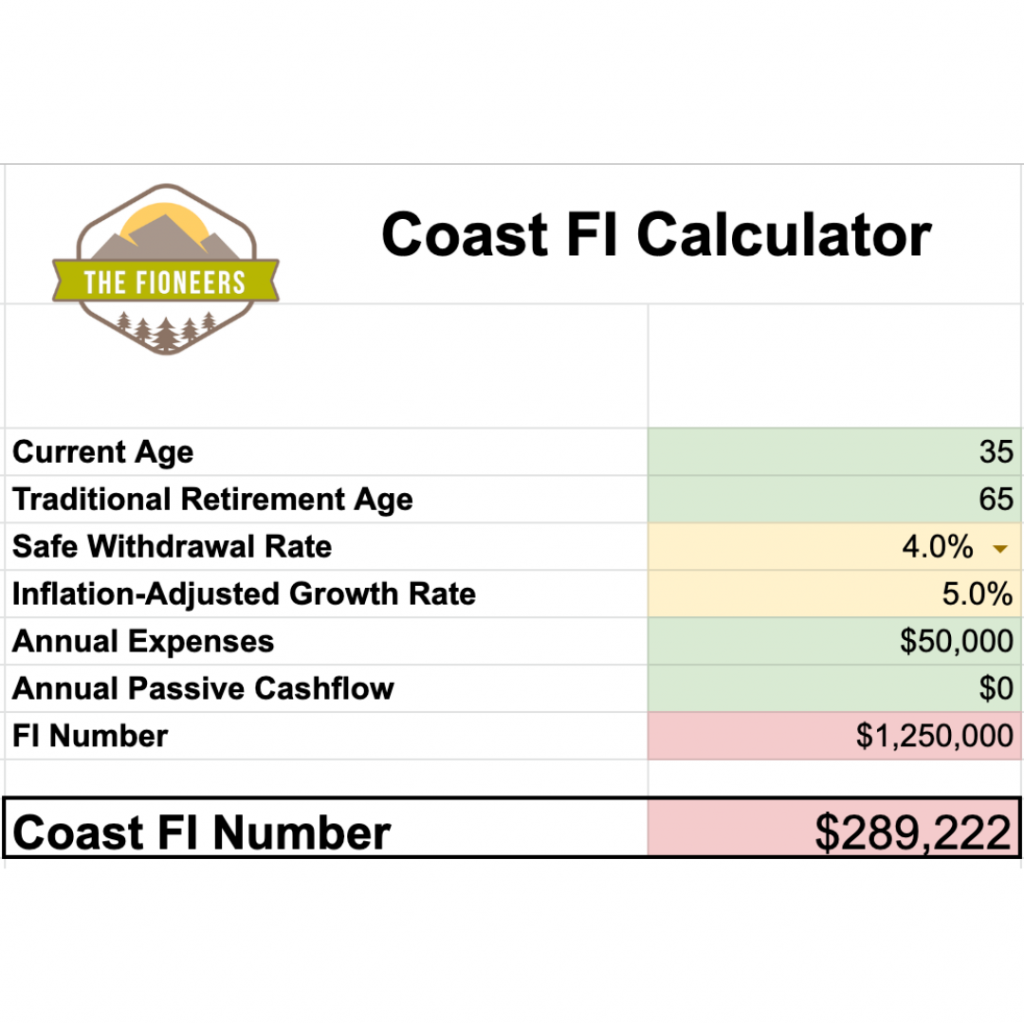



Great job, Michelle! I consider myself one of the lucky Americans who’s had the chance to meet you during your year here. See you in a few months!
Thanks, Katie! I’ve loved following your new blog Along The Camel Ride since we met last year early in my trip. Yes, catch up at FinCon in Sept!
Thanks again for the opportunity to interview with you! As I’ve been traveling around USA this year, I’m meeting more and more people who are pursuing these alternative paths towards FI.
Well done on your work profiling others on deliberately slower journeys and showing how this method can increase happiness along the adventure to financial independence.
Michelle,
Thank you so much for participating! I think people will get a lot out of this post!
Jessica
What kind of work allows you to disappear for six months and start up again? I think that’s great.
I’ll let Michelle answer this one!
Hi TJ, arts festivals and event companies often only need staff on short-term contracts, rather than employ event organizers year-round. For us in the industry, it does mean needing to apply for new jobs more regularly; however, this structure has the advantage of more easily taking work breaks and avoiding the trouble of quitting on-going employment.
I love reading about other people’s unique journeys while on the FI path. It’s motivation to think about what i truly want and gives me a push to think outside the box.
Thanks for the great article, Michelle and Jessica.
Hi Melody,
Me too! I love hearing about other people’s journeys. It is what really has helped me think outside of the box!
Best,
Jessica
Thanks for saying so, Melody! I liked your own recent post on Cash For Tacos about how a career slowdown enhanced your life, including your relationship with others and yourself. Another great perspective!
Wow such an amazing story! Michelle, I love how you were driven to experiment to find the right balance that would bring you joy. My partner and I have really been looking into potential “slowing down experiments” for the near future and your own experience is quite inspiring. Thank you both for sharing your wonderful story and for this series that I love so much!
P.s: Let me know when you decide to stop by in Canada/QC ;).
Hi Ms. Mod,
Thanks for the comment! I’d love to hear more about your slowing down experiments once you’ve embarked on them! That’s awesome. I’m so glad you enjoy the series so far!
Thanks,
Jessica
Thanks for saying so. I’d love to hear how your experiences go!
While my year-long USA adventure has just ended, I have recently confirmed a 2-year working holiday visa for an extended Canadian tour. Expect to see me in spring 2020!
Awesome story! I love how you two were able to meet up and learn so much from each other. Michelle leads an enviable life for sure. I’m so jealous – along with many others – of the universal healthcare option!!!
You are selling me on so many healthy ideas for well-being and balance with this series Jessica. Well done!
Hi,
Thank you so much for your comment. Michelle really does have an inspiring story! There are more stories coming up that I’m excited to share.
Thanks for reading,
Jess
Thanks! Yes, it was great to meet Jessica and hear her intentionally slower approach to FI. She has some great plans ahead for The Fioneers.
I find your perspective quite interesting too, Savvy History. Your intersection of money, music and teaching makes for some fascinating reading.
Very cool Michelle, thanks for sharing. My wife was actually born in Australia and got her citizenship a few years back. She technically grew up in Canada, though. I have not been out to Australia yet but it is certainly on my list of things to do!
I definitely agree with your comments about the US healthcare system. It is definitely another variable in the FI equation. We have toyed with the idea of leveraging her Australian and Canadian citizenships to help hedge against healthcare : )
Take care,
Max
Yes, sounds like there might be some geographic arbitrage in your future! Australia is well worth a (long) visit one day.
I’m looking forward to spending much of 2020 in Canada too, so any tips would be welcome! Once the travel bug strikes, it’s hard to shake off, for sure.
Michelle said, “With the boldness that comes from having a healthy FU-money stash,“ I think this is the key to her financial independence.
So my question: how did she develop, save, or amass this “healthy FU-money stash”?
Did she have an unusually high-paying job (a job paying someone in her 20’s well over $100K/year) that enabled her to save a lot of money while working, or did she inherit? Or did she create the big pile of money that enables her financial Independence some other way?
Hi Roland,
My understanding is that Michelle built her FU-money stash the old fashioned way – by being extremely frugal. I know Michelle personally and she’s always worked in the arts industry, so she hasn’t had unusually high paying jobs and I don’t believe she inherited either.
From what I know of Michele, she was just frugal and smart with her money while having a moderate-paying job. If you want to read more about her backstory, here’s a good post about her: https://lifeoutsidethemaze.com/building-freedom-michelle-from-frugality-and-freedom/
To be clear, Michelle has not yet reached Financial Independence. She is what we would call “Coast FI” which means that she has enough saved in her retirement accounts already that would grow to allow her to retire comfortably. However, she still needs to work now to at least cover her current cost of living (which is quite low – I think she spent less than $20K USD in 2019).
Best,
Jessica